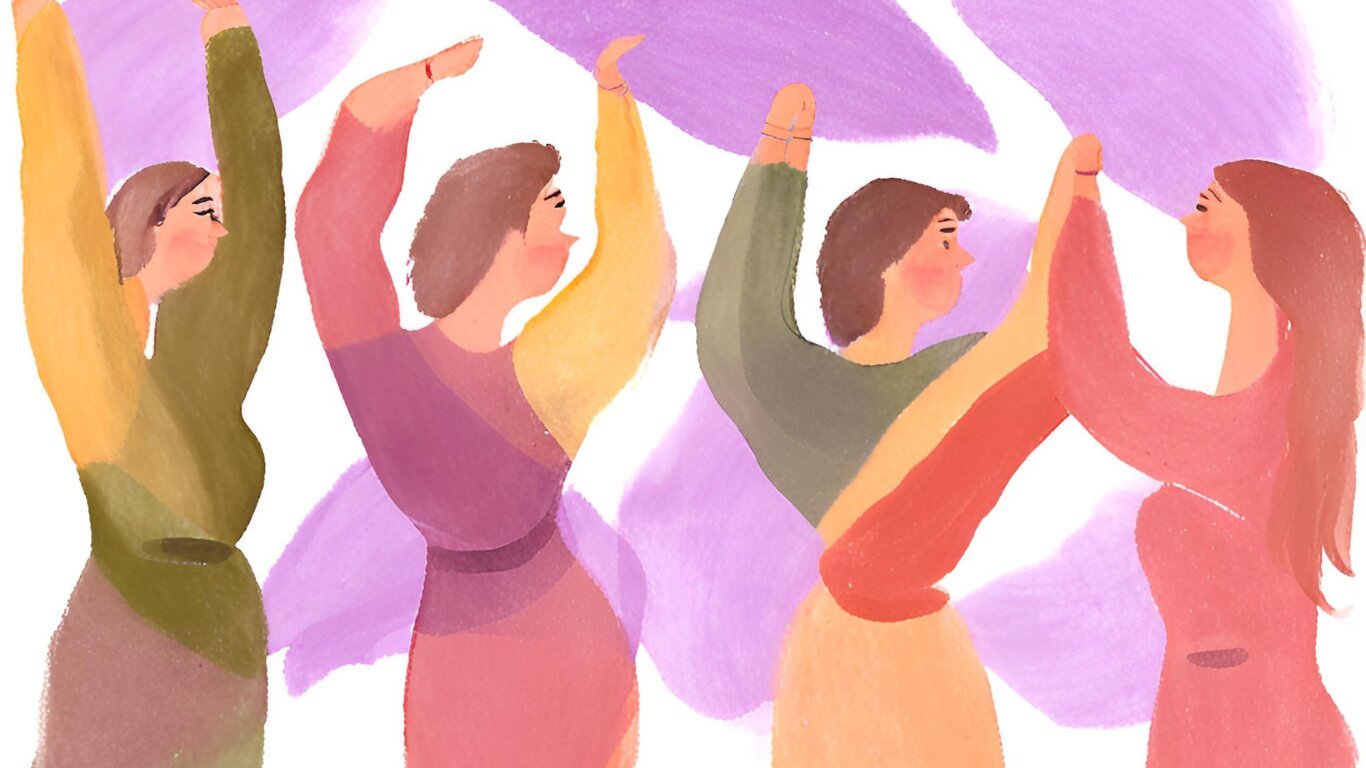The Late Bloomer Factor
Prodigies are easy. They advertise their genius from the early beginning. Late bloomers are hard. They require tolerance, self-control and blind faith. A surprising number of great women didn’t step onto the world stage until well into the second half of their lives. Some had bounced back after difficult childhoods and failures, some others just were not lucky enough to have found out what they would love to do early in life, or they simply did not have the courage to follow their heart, rather diverting to a safer career path.
Then, they bloomed like wonderful flowers.
There are the privileged few who just seem to waft through life without having to ever meet any adversity or difficulty – said the British actress, Helen Mirren, who didn’t find mainstream success until her mid-forties with her breakthrough role in ‘Prime Suspect’ -. The rest of us, we have to struggle and fight. We get knocked back and we have to come forward again. Sometimes you have to do stuff you’re not familiar with or think you’ll fail horribly at. You just have to jump in at the deep end.
The underestimated power of late bloomers
All that time you’re spending not being an amazing success may very well be practice for becoming a shining star later on. While prodigies are rising and flaming out, you’re sharpening your skills, seriously considering your path, experimenting with different outcomes, and working out what will make you successful.
As Malcolm Gladwell wrote in his ‘New Yorker‘ piece ‘Late Bloomers‘: “On the road to great achievement, the late bloomer will resemble a failure”. Like an artist working on a canvas, their approach is experimental. “Their goals are imprecise, so their procedure is tentative and incremental.”
Late bloomers build their skills gradually over the course of their careers, improving their work slowly over long periods. They typically believe that learning is a more important goal than the result itself and they fully appreciate their achievements once they’ve earned them. They don’t torture themselves with an unrealistic timeline and they don’t settle until they’ve found their true passion. They understand that life is a marathon, not a sprint.
There is a scientific explanation for why so many of us bloom later in life.
The executive function of our brains doesn’t mature until age twenty-five and later for some – Rich Karlgaard, the publisher of Forbes, writes in his book ‘Late Bloomers. The Power of Patience in a World Obsessed with Early Achievement‘-. In fact, our brain’s capabilities peak at different ages. We actually experience multiple periods of blooming in our lives. Moreover, late bloomers enjoy hidden strengths due to taking the time to discover their way in life. Strengths coveted by many employers and partners, including curiosity, insight, compassion, resilience, and wisdom.
The Most Famous Late Bloomers
According to the fashion designer Vivienne Westwood, those decades of hard work were well-spent. “The older you get, the less you change your mind because your way of seeing things is more solid. Solid in a good sense, meaning that everything keeps connecting, and when you make a point, it’s got the basis of all that experience.” Vivienne Westwood came late to design, only launching her first runway show at age 41.
Not convinced about the late bloomers’ talents, yet?
Vera Wang was a competitive figure skater, a journalist and a fashion editor in her early career, but it wasn’t until she was 40 years old when she launched her iconic bridal line. Wang has made wedding gowns for public figures such as Chelsea Clinton, Ivanka Trump, Alicia Keys, Mariah Carey, Victoria Beckham and Kim Kardashian. Wang’s evening wear has also been worn by Michelle Obama.
Julia Child was 49 years old when her 1st cookbook ‘Mastering the Art of French Cooking’, was published. At 51 years old she gained television fame cooking show, which premiered in 1963. At the age of 69, she became a co-founder of the American Institute of Wine and Food to help advance the knowledge of food and wine through restaurants. In 1984, at the age of 72, she completed the series of 6 videotapes about ‘The Way to Cook’.
Anna Mary Robertson Moses (Grandma Moses), one of the most celebrated names in American fine arts and folk arts, didn’t even pick up a brush until she was well into her late seventh decade. Her works have been shown and sold in the United States and abroad and have been marketed on greeting cards and other merchandise. Moses’ paintings are among the collections of many museums.
Viola Davis, a Julliard-trained actor, hadn’t truly made her mark in film and television until she was well into her 40’s. At age 43, Davis landed a role opposite Meryl Streep in the film ‘Doubt’ and the industry really started to take notice. Davis received an Oscar nomination for Best Supporting Actress for the film, followed shortly by the Best Actress title for ‘The Help’. At 51 years became the first African-American actress to win an Emmy for Outstanding Lead Actress in a Drama Series (ABC’s ‘How to Get Away With Murder’). Davis recently won her second Oscar for Best Supporting Actress for ‘Fences’, proving that she’s just beginning to reach her prime in her 50s.
Asma Khan, 49 years old, owner of the popular Indian Restaurant Darjeeling Express in London and star of Netflix’s Chef’s Table has reached her main goal later in life. She put away her PhD in British Constitutional Law from the King’s College of London to pursue a career as a chef. She has been voted ‘Female Entrepreneur of the Year’ at the Asian Restaurant Awards and ‘Entrepreneur of the Year’ at the Asian Women of the Year Awards. Her debut cookbook “Asma’s Indian Kitchen”, published by Pavilionand, is already a hit and she doesn’t mean to stop yet.
Yayoi Kusama endured childhood trauma, had her ideas stolen by male peers and struggled with mental illness. Now nearly 90, she’s the biggest-selling female artist in the world. Embracing the rise of the hippie counterculture of the late 1960s, she came to public attention when she organized a series of happenings in which naked participants were painted with brightly coloured polka dots. Since the 1970s, Kusama has continued to create art, most notably installations in various museums around the world.
Just because your life isn’t falling into place by the time you are 35, 40 or even later, it doesn’t mean that you should give up. Success isn’t defined by age but by hard work and perseverance. Think twice before dismissing a tortoise.





